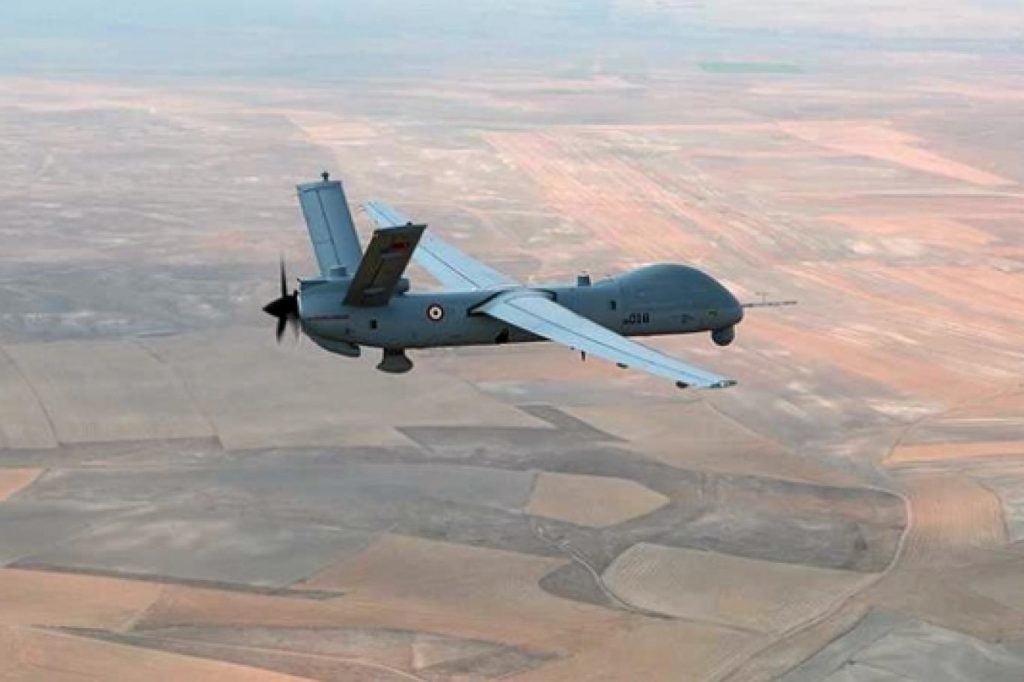The Turkish Offensive in Idlib
Over the past week we have witnessed an escalation in Idlib, Syria. The escalation began with an airstrike conducted by the Syrian Arab Army (SAA) against the Turkish Army, killing 33 Turkish soldiers according to official sources. In the beginning, there were strong claims that the attack was conducted by the Russian Air Force but these claims have since been denied by both Turkish and Russian officials.
The airstrike was the first time that the SAA has targeted the Turkish Army directly. Following the attack urgent security meetings were held in Ankara, at the presidential palace, where ministers of national security and foreign affairs, the head of Turkish intelligence and the high staff of Turkish Armed Forces participated. The Turkish Minister of National Defense Hulusi Akar spoke with the US Secretary of Defense Mark Esper and at the same time, Turkish Minister of Foreign Affairs Mevlüt Cavusoglu spoke with NATO Director General Jens Stoltenberg. The following day both NATO and the UN Security Council held urgent meetings demanded by Turkey. The Alliance declared support for Turkey and at the UN Security Council the US, UK and France declared their support for Turkey, while China voiced their support for Syria.
In response the Turkish Army has been conducting a high-intensity military operation against SAA. As of 4th March, according to official Turkish declarations, SAA causalities are said to be: “3 aircraft (2 SU-24, 1 L-39), 3 UCAVs, 151 tanks, 47 artillery units, 52 multiple rocket launchers, 8 air defense systems, 12 anti-tank units, 4 mortars, 24 armored vehicles, 27 armored battle vehicles, 34 armored pick-ups, 60 military vehicles, 10 ammunition depots destroyed and 3,138 soldiers neutralized.” The process was shocking both for SAA and their ally Russia, as the SAA has never faced such military capability.
Turkey’s doctrine behind the operation has seen the use of unmanned combat aerial vehicles or UCAVs – principally the TAI Anka and Barayktar TB-2, artillery and conventional fighter jets with high cooperation which has proven highly effective. Conventionally, the main missions of UCAVs are ISR (Intelligence, Surveillance, and Reconnaissance) and targeted killing but the Turkish Army is deploying the armed drones in more widespread close air support (CAS) and fire support missions.
The Turkish Army’s operational and tactical methods are reflecting the capabilities of our age. The three main operational principles of Turkish Armed Forces are: speed, surprise, and intensity. The principle of ‘speed’ is provided by the Turkish Army’s high-speed domestic data-sharing network infrastructure. This infrastructure provides capability for the cooperation of different kinds of units. Information provided by AWACS units, drones and satellites can be instantly shared with units on the ground, UCAVs, fire support units, air assets, and infantry units. The principle of ‘surprise’ is provided by the Turkish Army’s electronic warfare capabilities paralleling their adversary’s information collection and sharing process. The principle of ‘intensity’ is provided by the sophisticated munitions used by the UCAVs, artillery and fighter jets and the frequency of their use.
As Clausewitz stated, “Every age has its own kind of war…” technological capabilities create new approaches and those who can employ these new capabilities in the field will have greater effectiveness.

